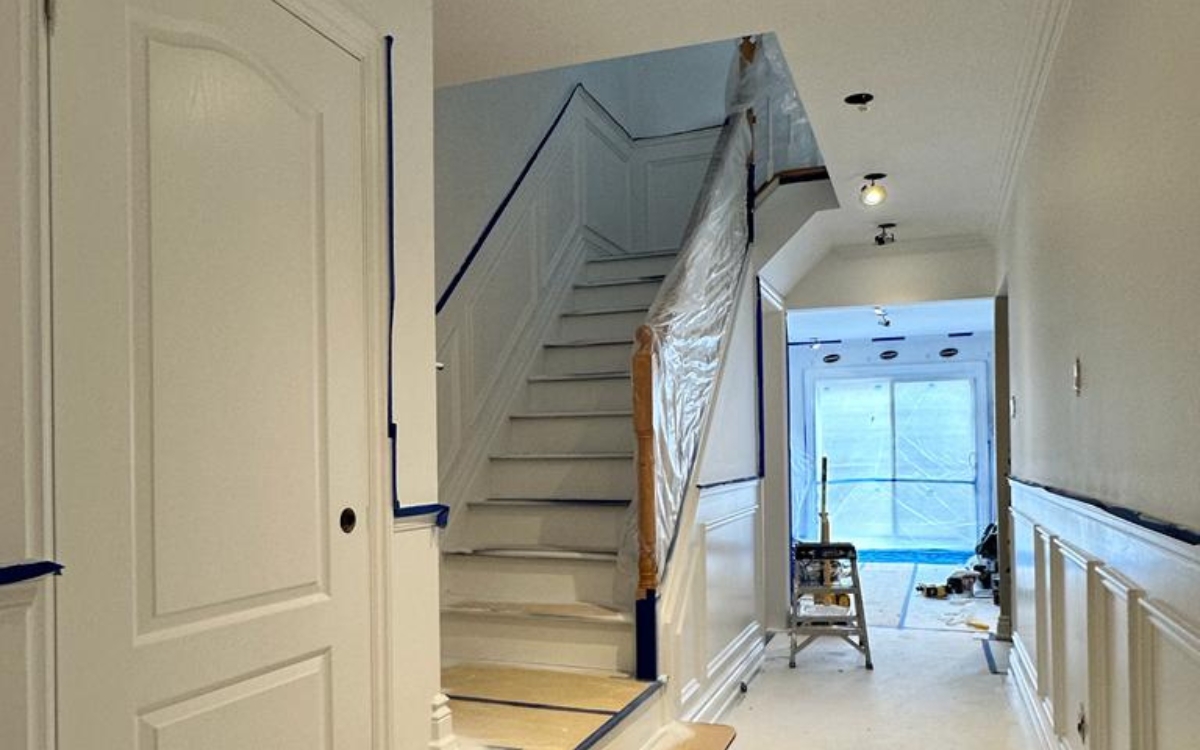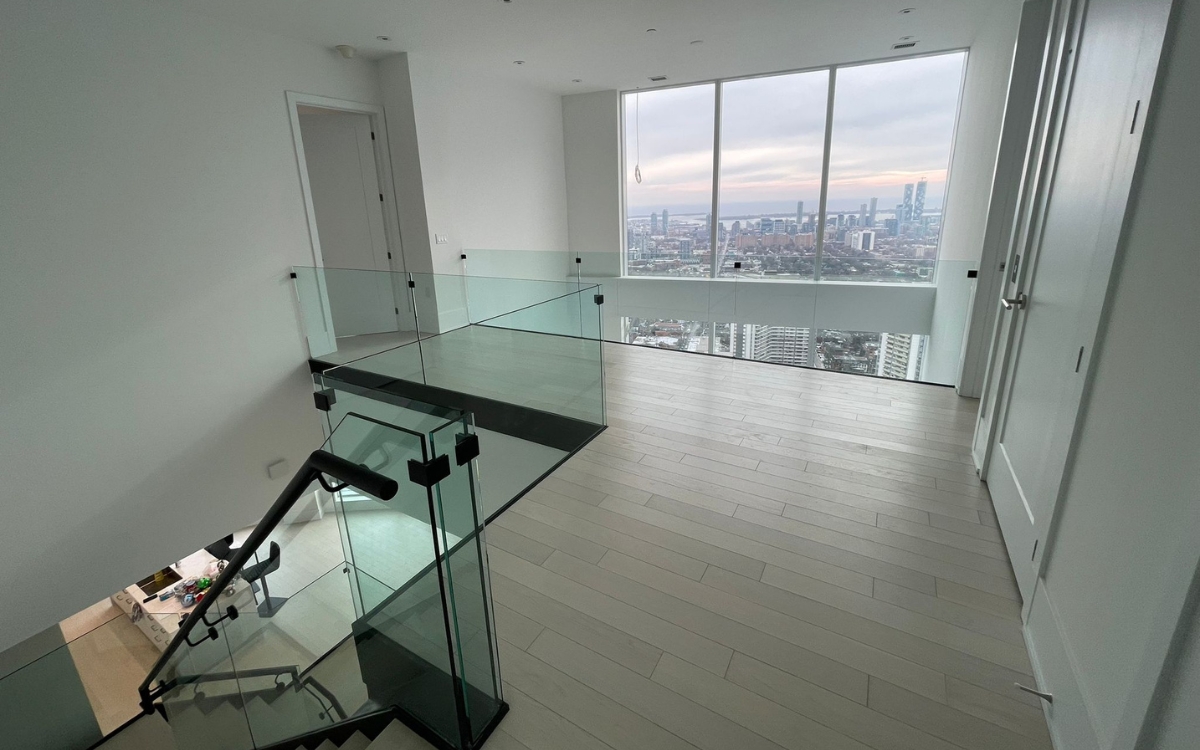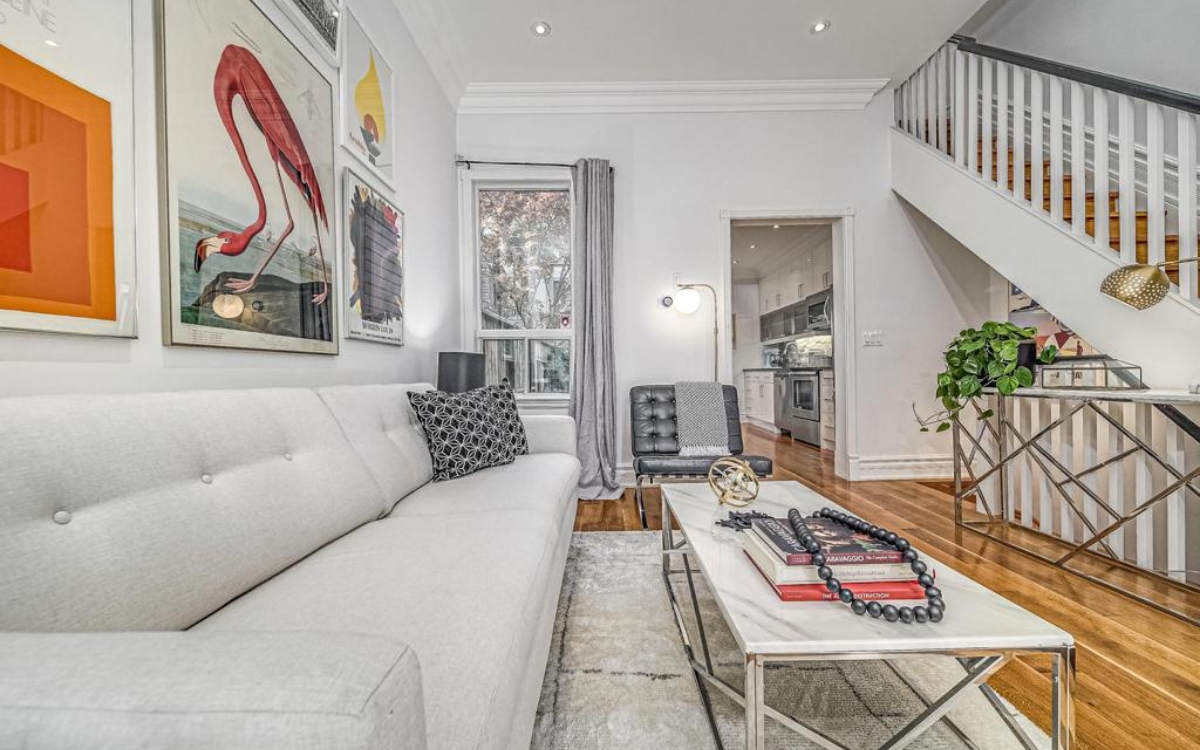Anyone who’s ever set out on a DIY painting journey has likely asked themselves, “Do I really need to be priming before I start painting?” For several reasons, the answer to that question is a resounding yes.
Priming is a crucial step in any house painting or retail painting process that involves applying a preparatory layer of material, known as primer, onto a surface before adding the final coat of paint. This helps create a base for the paint to adhere to, ensuring better coverage and less potential for peeling or chipping.
Also, priming helps cover old paint colours and stains so that the new colour or shade can truly shine. Discover more as we delve into the crucial significance of priming before painting.

The Benefits of Priming
Priming the walls before you paint greatly enhances both the aesthetic appeal and durability of your project. Without a primer, the paint will struggle to stick properly–resulting in an uneven and patchy finish. This can be especially problematic on slick or glossy surfaces, where paint has difficulty adhering without a rough base.
Other benefits of priming include:
- Primer protects against moisture and heat damage.
- Primer increases the longevity of your project.
- Stain-blocking primers prevent stains or discolouration from bleeding through the paint.
- Rust-inhibitor primers help protect metal surfaces from corrosion.
In addition to the benefits mentioned above, priming also allows for better colour accuracy. With a neutral base created by the primer, your topcoat will appear more vibrant and true to its intended colour without being affected by any imperfections on the surface.

Understanding Different Types of Primers
When it comes to priming, one size does not fit all. Different surfaces require different types of primer to achieve the best results. For example, wood primers are needed for wooden surfaces such as furniture, trim, doors, and cabinets.
While metal surfaces will benefit more from a rust-inhibiting primer, these primers create a barrier between the metal surface and oxygen present in the environment, preventing rust formation. For interior walls, there are also drywall-specific primers, oil-based primers, water-based primers, and shellac-based primers. Knowing which one will work best for your project can be tricky.
This is why it’s always best to work with a professional painting contractor who will come equipped with all the right tools and materials required for a job well done.
Work With The Professionals
Overall, including proper priming in your painting process will save you time and money regarding long-term maintenance. Speaking of saving time and money–the best way to ensure your paint job stands the test of time is to work with the pros at Encore Painting.
Our award-winning team of GTA painters can offer competitive prices and professional results in record time. Want your condo primed and painted in one day? We’ve got you covered! If you’d like to learn more about our services or receive a free quote on your next project, don’t wait! Fill out our online contact form today.
Frequently Asked Questions About Priming Before Painting
What does primer do?
Primer does exactly what the name implies–it primes the walls for paint. Adding a coat of primer helps to hide imperfections and stains on your walls, ensuring your chosen colour shines through. Additionally, primer offers a better base for paint to adhere to than just the plain wall.
If I buy “paint and primer in one” do I still need to prime the walls?
In most cases, we would still recommend using a primer before painting your walls, even if the paint you’re using claims to be a paint-and-primer-in-one. That said, if you’re painting the walls a similar colour or only painting over a white base, paint-and-primer-in-one might be enough to produce quality results.
What happens if I don’t use a primer?
Without primer, your paint job will likely appear uneven or patchy because your walls will soak up the paint like a sponge. If there were any dents or nail holes in the wall, these would still be visible after multiple coats of paint without primer.
What to do before priming the walls?
The prep work before priming depends on the state of your walls. In some cases, all you will need to do is give the walls a quick wash with hot soapy water and let them dry. If your walls have holes or mild damage, you will want to fill the holes with caulk or wood glue, and sand that down before priming.
